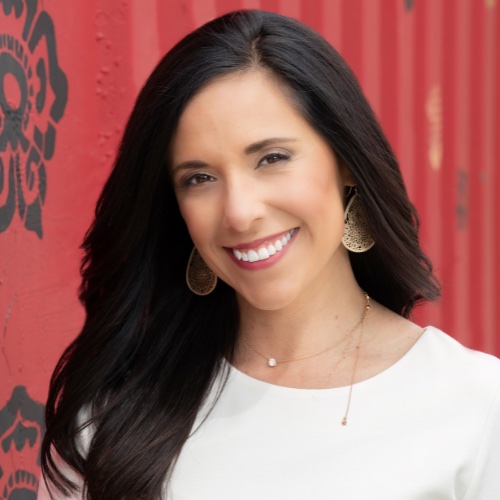The Centers for Disease Control and Prevention recently announced it is awarding a 5-year $4.4 million grant to the Colorado Department of Public Health and Environment as part of the State Physical Activity and Nutrition Program to improve physical activity and nutrition. The department will use the grant to support key components of the department’s Chronic Disease State Plan, 2022-2030, which aims to decrease the incidence of chronic diseases through enhancements to communities’ physical environments and increasing access to healthy foods, among other initiatives.
“We have made great strides in recent years to improve nutrition and promote healthy habits among Coloradans,” said Joan Brucha, the department’s healthy eating and active living manager. “This funding will ensure we can continue to build on this progress as we work with our partners toward a Colorado in which everyone has the opportunity to live healthy lives.”
Obesity in the United States affects more than 100 million adults (42 percent) and 14 million children (20 percent) and accounts for approximately $173 billion in annual health care costs. Physical activity and healthy eating patterns reduce the risk of chronic conditions such as heart disease, type 2 diabetes, and obesity. While Colorado has the third lowest prevalence of adult obesity at 25 percent compared to other states, the department will use the funding to address disparities that exist across race, ethnicity, and socioeconomic status.
“CDC is excited to announce this new program funding to 17 states,” said Terry O’Toole, Ph.D., M.Div., program development and evaluation branch chief in CDC’s Division of Nutrition, Physical Activity and Obesity. “With this funding, states will actively partner with communities to improve physical activity and healthy nutrition options in areas most in need.”
The department will use the money to continue the progress made under a previous State Physical Activity and Nutrition Program grant (2018-2023). That funding resulted in improved nutrition in hospitals, the development of the Healthy Eating and Active Living toolkit for early childhood professionals working to ensure Colorado children develop healthy habits early, and a community-driven needs assessment and report documenting the factors, barriers, and facilitators of success that contribute to breastfeeding outcomes for Black families in Colorado. It also led to multiple rounds of quick-win financing for local community projects (e.g., lane or crosswalk striping, bike parking, street trees, park amenities) to increase safe access to parks, biking, and walking.
The CDC State Physical Activity and Nutrition Program provides funding to address key health disparities in Colorado. It focuses on: increasing access to healthier foods; increasing physical activity by connecting pedestrian, bicycle, or transportation networks to everyday destinations; breastfeeding continuity of care and community support; and integrating nutrition, physical activity, breastfeeding, and Farm to Child programs into statewide early childhood education systems.
Visit cdphe.colorado.gov/health/prevention-and-wellness/healthy-eating-and-active-living to learn about the ways that the Colorado Department of Public Health and Environment supports healthy eating and active living initiatives.
Source: Colorado Department of Public Health & Environment




















